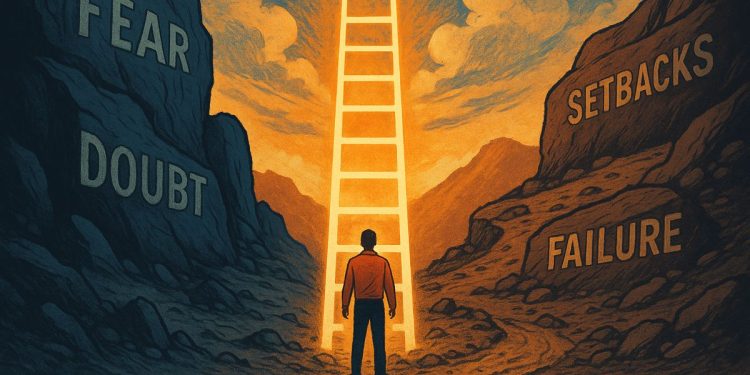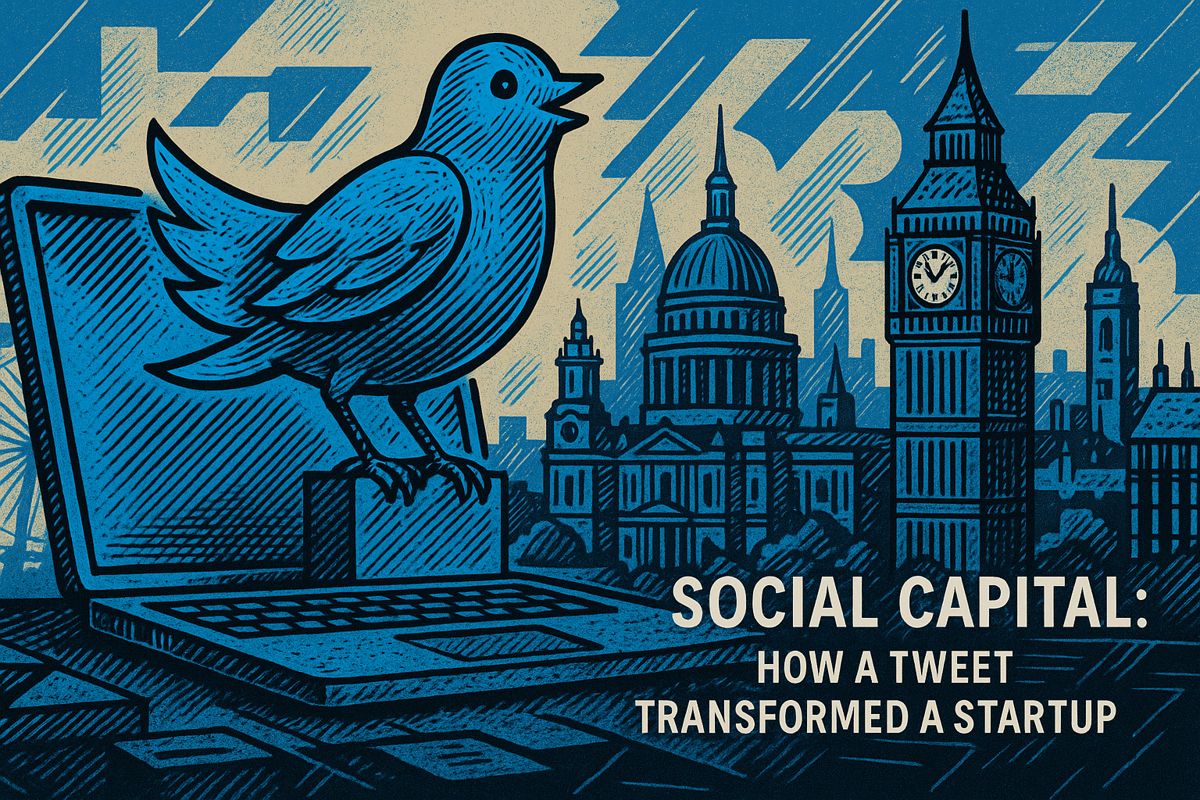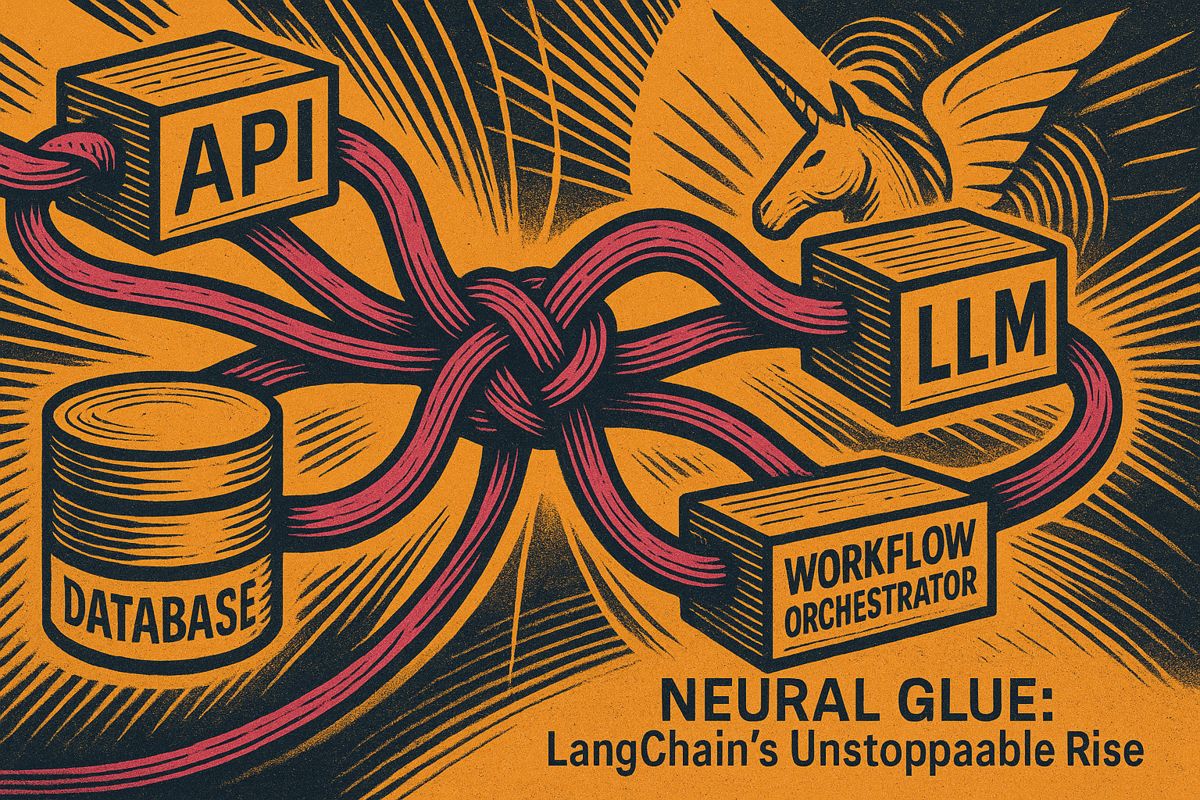Cognitive diversity means having people who think and solve problems in different ways on a team. Teams with more cognitive diversity are much more creative, solve problems faster, and come up with new ideas more often. To get these benefits, teams need to create safe spaces where everyone feels comfortable sharing their thoughts and challenging each other. Companies that do this well are quicker to launch new products, spot changes in the market, and keep talented employees. The secret is not just bringing different thinkers together, but making sure they can work together openly and safely.
What is cognitive diversity and how does it drive team performance?
Cognitive diversity refers to the variety in how people notice, frame, and solve problems. Teams high in cognitive diversity achieve up to 20% greater innovation, produce 60% more creative solutions, and solve complex challenges 63% faster, leading to stronger business performance and adaptability.
Cognitive diversity – the variety in how people notice, frame and solve problems – is moving from HR buzzword to quantifiable competitive edge. A growing body of 2024-2025 research shows that teams scoring high on cognitive-diversity indices outperform homogeneous peers by up to 20 % in innovation metrics, generate 60 % more creative solutions and solve complex challenges 63 % faster.
What exactly is being measured? Researchers now look beyond demographics to map four thinking-style clusters visible in high-performing groups:
| Thinking Archetype | Typical Contribution | Risk if Missing |
|---|---|---|
| Strategist | Big-picture framing, pattern recognition | Tunnel vision on goals |
| Creative | Idea generation, lateral leaps | Incremental-only solutions |
| Planner | Risk assessment, sequencing | Launch delays or rework |
| Empathizer | User insight, ethical flags | Blind spots in adoption |
From insight to practice: four design moves that convert diversity into value
-
Add-with-intent
A fintech unicorn recently paired quant analysts (planners) with street-artist turned UX researchers (creatives) to redesign an over-engineered onboarding flow. Net Promoter Score rose 19 points in eight weeks. -
Remove friction
Pixar’s “Braintrust” dinners strip hierarchy: no titles, no slides, only story problems on the table. Studios using the ritual show 25 % lower post-production rework rates. -
Combine & transform
NASA’s Apollo 13 rescue merged astronauts’ experiential knowledge with engineers’ theoretical models via a single shared chalkboard. The resulting “square peg in a round hole” air-scrubber is now taught as a case study in rapid cross-domain innovation. -
Maintain continuity elsewhere
While experimenting with new AI features, GitHub froze core code-review standards. Result: 300 hackathon prototypes were vetted without breaking production stability.
The psychological-safety multiplier
Google’s 2024 replication of Project Aristotle finds cognitive diversity’s benefits vanish when psychological safety is low. Conversely, teams with both high diversity *and * high safety show:
- 30 % higher implementation rate for hackathon ideas
- 2.3× faster integration of new hires from under-represented backgrounds
- 22 % lower turnover among neurodivergent employees
Action checklist for leaders:
- Begin meetings with a “red-team round”: one person argues the opposite view before consensus is sought
- Rotate the role of “devil’s advocate” weekly to normalize dissent
- Publish meeting pre-reads 24 h in advance – reflective thinkers add 40 % more comments when given prep time
Neurodiversity as the next frontier
With Gen Z – of whom 53 % self-identify with some form of cognitive variance – entering the workforce, inclusive design is becoming a talent magnet. SAP reports that teams with neurodivergent members in specific roles are 30 % more productive, while HP Enterprise’s neurodiversity hiring program has delivered a 90 % retention rate after two years.
Bottom-line snapshot
2025 data from the Diversity Project shows companies scoring in the top quartile on cognitive-diversity metrics are:
- 20 % more likely to launch revenue-generating products within 12 months
- 19 % quicker to spot market shifts
- 1.7× more likely to be cited by customers for “fresh thinking”
The formula is no longer “gather creative people”; it is “engineer the conditions where different minds can collide safely and often.”
How does cognitive diversity directly improve innovation metrics?
Recent 2024-2025 data show teams with high cognitive diversity outperform homogeneous groups by up to 20% on business-outcome indicators such as patent filings, revenue from new products, and time-to-market speed. Stanford researchers tracked 180 product teams and found that cognitively diverse groups generated 60% more creative solutions and submitted 2.3× more novel patent applications per quarter. The mechanism is twofold: broader knowledge networks surface more raw ideas, and psychological safety encourages dissent that refines those ideas into commercially viable concepts.
What specific conditions must leaders engineer for cognitive diversity to deliver strategic advantage?
Four design levers matter most:
- Psychological safety first: Google’s re-analysis of Project Aristotle in 2025 reaffirms that psychological safety is the top predictor of performance; without it, cognitive diversity can backfire.
- Inclusive meeting architecture: Rotate facilitators, use silent idea-generation rounds, and embed “devil’s-advocate” roles to ensure every thinking style is heard.
- Neuroinclusive tooling: Provide noise-canceling zones, screen-reader-ready documents, and asynchronous collaboration channels so neurodivergent employees can contribute fully.
- Challenge framing: Replace broad hackathon themes with sharply defined problems and clear success criteria, which boosts implementation rates of hackathon ideas from 18% to 67%.
How are organizations measuring cognitive diversity in 2025?
Beyond classic Myers-Briggs or CliftonStrengths assessments, firms now deploy lightweight diagnostics like:
- Cognitive-mapping workshops where teams self-tag their dominant problem-solving styles (analytical, intuitive, planner, executor).
- Contribution heat-maps that track which team members’ ideas are cited or built upon during retrospectives.
- Neuro-inclusion scorecards that audit workspace design, communication norms, and onboarding processes for barriers to neurodivergent talent.
These metrics feed into quarterly OKRs, making cognitive diversity a tracked KPI rather than a “nice-to-have.”
What pitfalls derail cognitive-diversity initiatives?
Two common failure modes surfaced in 2025 case studies:
- Diversity without dissent: One Fortune-500 tech giant hired for varied backgrounds, yet 78% of novel suggestions were still dismissed because leaders rewarded consensus. Retraining managers to explicitly value minority viewpoints reversed the trend within two quarters.
- Over-broad hackathons: Events framed as “innovate anything” produced 3× more ideas but ⅕ the implementation rate compared with challenges scoped to a single customer pain-point.
How is neurodiversity accelerating cognitive-diversity programs?
Gen Z now makes up 32% of entry-level hires, and 53% self-identify along the neurodiversity spectrum. As a result, companies are designing for “all neurotypes” by default:
- SAP’s Autism-at-Work program reports a 48% lower turnover among neurodivergent hires and attributes three marquee product features to autistic pattern-recognition specialists.
- IKEA’s dyslexia-friendly product-naming system not only improved customer navigation but also became a brand differentiator, illustrating how neurodiversity expertise can become a market asset.
Forward-looking talent-acquisition postings in the UK and US now mention neurodiversity 2.3× more often than in 2023, signaling that neuroinclusion is shifting from peripheral initiative to core hiring strategy.



















